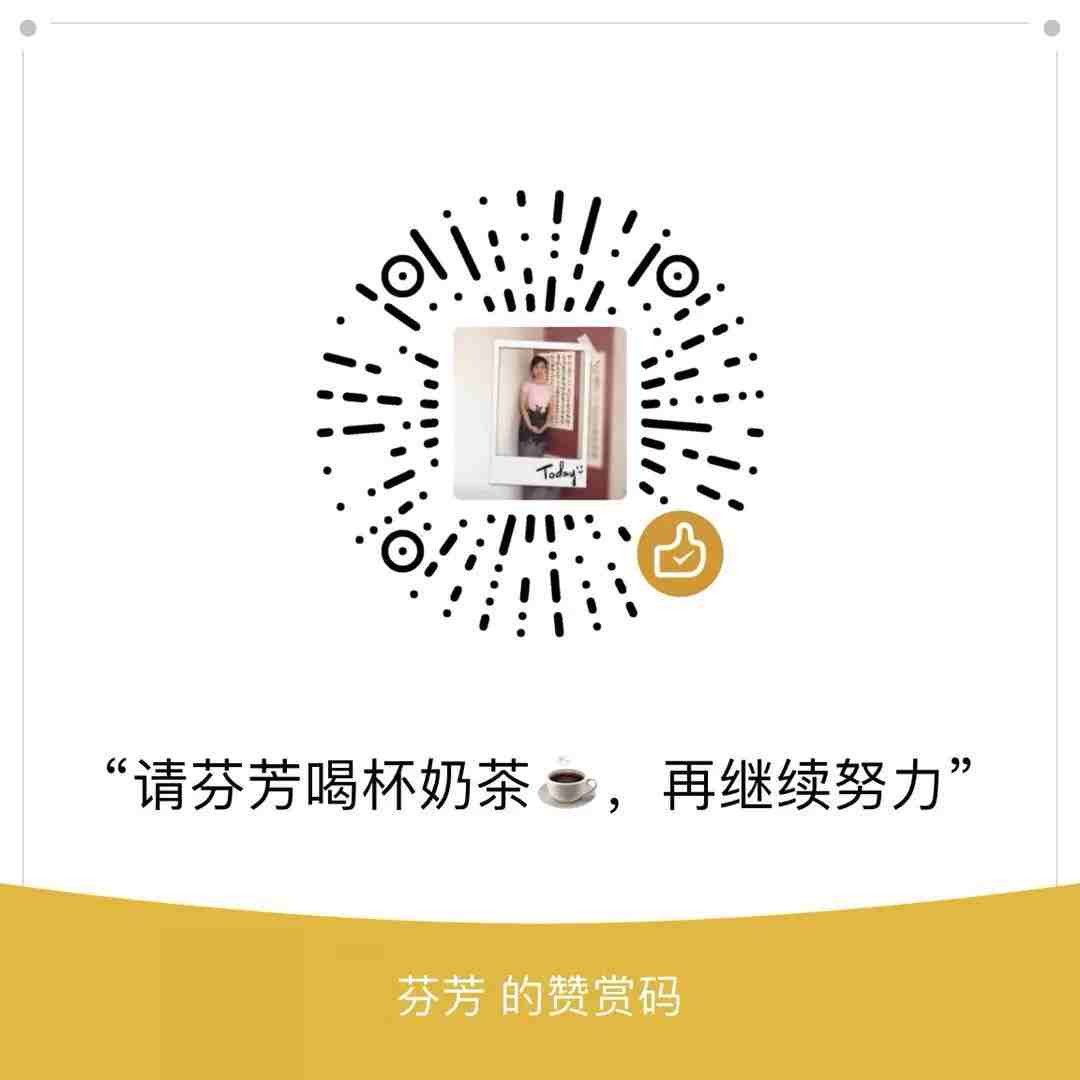英文绘本如何用英文互动?美国老师来支招

美娃
英语
启蒙
用母语方式高效英语启蒙


最近几天,大娃每天放学回来就会模仿老师的样子给我读Frog and Toad系列的读物。读的时候,还活灵活现地模仿老师的样子与我互动。
比如在读到Cookies这个故事这一页时,


娃停下来问我:“Do you know what is will power?” 我脱口而出:“意志力!”不过,他眨巴着眼睛,没听懂。我就问他:“Do YOU know what is will power?”他说:“Will power is trying very very hard to do something.”我瞥了一眼书中的内容,心里想了想,他这么说好像也是对的。
接着他又问我:“Do you know what is power?”
当听到孩子问我什么是power的时候,我指了指头顶上的灯。大娃否定了我,nope,然后他指了指电源插座。嗯,对,他指的东西表示power更为清晰。
再比如,读到The story这个故事时,


大娃停下来问我:“If I pour water over your head, does it feel good?”我立刻像个学生一样回答他:no,don't do that. 娃回报给我一个老师般“good job”的笑容。
看到大娃模仿老师的样子与我互动,我就想到我在书中读到的美国老师给孩子们读绘本时的互动方式,可以给大家总结出来,方便老师们和爸爸妈妈们学习如何在读绘本时用英语与孩子互动。
美国老师与孩子们的互动

美国老师在给孩子们读书,在读书前,读书中,读书后都会与孩子们互动。互动主要集中在以下四个方面:
1、读书前的介绍
2、读书时单词学习
3、读书时关于增强孩子理解的提问
4、读书后的讨论
下面我们来逐一学习这四个方面。
01
读书前的介绍
不同体裁的书,老师的介绍方法也不同。
对于故事类绘本,老师会用三到四句话介绍故事的主人公、主人公面临的问题、主人公要达到的目标以及故事中的主要事件。
例子:老师给K年级的孩子读故事My lucky day



老师在读书前,是这样给孩子们介绍这个故事的:
All right boys and girls. Today we're going to read the story called my lucky day. It's by Keiko Kasza. So this is about a story about a fox who's preparing to eat the pig but this might not actually happen, because this pig might give the fox some trouble.

对于非故事类读物,比如科普读物,美国老师会首先确定是要给孩子读整本书还是只读其中的部分内容。
有些概念书,会介绍某个概念。有些科普书,会解释某种现象。对于篇幅较长的非故事类读物,老师会选择其中一部分内容来给孩子读。
在介绍这样的非故事类读物时,美国老师会简单介绍书中提到的某个概念或者是介绍书中的关键词汇。
下面这个例子,老师介绍了什么是nonfiction book这个概念。



老师:Today I have another non-fiction book for you and the title of our nonfinction book Toads. Take a moment, close your eyes and think about what is a non-fiction book. What do you know about non-fiction books?
老师留出时间,学生互相讨论。
老师:See here. What is a nonfiction book?
学生:It's something about real information.
老师:It's real information. It's not a pretend story. It's not telling me a pretend story about something that the author made up. This is real information about the world. We are going to be like scientists today and learn a little bit about toads. Our author is Alyse Sweeney. And she wrote to teach you about toads.

通过读书前这样的介绍,吸引孩子兴趣,给孩子大致的介绍,并引导孩子参与讨论。
02
读书时单词学习
在美国老师给孩子们读书前,老师会首先自己先读一遍,从书中选出四到八个单词或短语,作为读绘本时给孩子们重点讲解的单词或短语。
选词标准:
1、比孩子的口语词汇稍微难一点
2、对文章理解有重要作用
3、与孩子们的日常生活有联系
在给孩子们读书时,老师会用以下四种方法来
1、用简单的语言解释
2、用图片解释
3、用戏剧化的动作来表示
4、用声音来表示
例子:花婆婆(Miss Rumphius)这本绘本中有不少生词。比如第一页第二段



老师:(读)...once upon a time she was a little girl name Alice who lived in a city by the sea. From the front stoop
..hmmm literally what a stoop is(老师提出stoop这个单词). Let me read on and see.
she could see the wharves and the bristling masts of tall ships.
hmmm, I heard a lot of words I don't know I'm going to reread that.(这一句里,stoop,wharves,bristling masts这几个单词孩子可能都不熟悉)
老师重读这一句:From the front stoop she coule see the wharves and the bristling masts of tall ships.
老师解释词汇:
From the front stoop--I'm thinking that this area must be this stoop. (老师用手指着书中图片的台阶处)
I'm getting my clue from the picture becuause it says from the front stoop she can see hmmm now let me see it says she can see the wharves. So I'm thinking the wharves must be this area over where they keep the boats and the bistling masts.(老师用书中图片作为线索,确定了stoop台阶和wharves码头的含义)
Hmmm, bristling you know I'm thinking about a brush and it has bristles on it and I know bristles stand up straight so maybe bristling are sort of related. So i'm looking for something that stands up straight. oohh, I see that! bistling masts so that must be the masts.(老师用手指着图片中船上的桅杆)
bristling这个词不太好解释,老师通过同根词bristles,同时结合孩子们的生活经验bristles on a brush 刷子上的刷子毛,来猜测bristling大概是和bristle差不多有联系。于是老师在图中找想刷子毛一样竖起来的东西,于是,找到了bristling masts船上的桅杆。

03
读书时的提问
在给孩子读书的过程中,老师会通过提问的方式来帮助增加理解,而不仅仅是事实层面的提问。
也就是说,老师提问时,不会仅仅提问孩子what is [ charater] doing? 而是更深层次的推论、预测以及探讨原因的问题,来帮助孩子更好地学会在阅读中去思考。
- What do you think [character] is thinking?你认为主人公是怎么想的呢?让孩子代入角色想一想。
- I wonder why [ character ] decided to_________?我在想为什么主人公决定做什么?同样也是从主人公的角度来思考。
- What do you think will happen next?接下来你预测会发生什么?给孩子的过程中,让孩子根据情节来预测下文是什么。
- What will [character] do now?这也是让孩子预测接下来主人公会干什么
- I wonder why [character] wanted to__________?读完书后,可以让孩子来想一想,主人公为什么要这样做。
比如,在美国老师给孩子们读My lucky day这本书,读到下面这一页:



老师提出下面两个问题:
you know what I bet I'm thinking why would pig say to fatten me up? Why would pig say to the fox fatten me up?
What is this Fox gonna do? You might say I predict the fox will try up.

04
读书后的讨论
在读完之后,老师还会问一到两个问题,以便提高孩子的理解力,增加孩子的词汇量。
问题主要是:
- What [things] happened? 发生了什么?
- Why [things] happened? 为什么会发生?
- How [things] happened? 怎么发生的?
- Who can remember the words the author used to describe [things] in this book? (书中描绘……的词汇,谁还记得有哪些?)
例子,老师读完My lucky day后,对孩子们总结性的提问:

Now we're going to take a break and we're going to think about this story. So in this story how does the pig out smart the fox? Out smart means how does the pig trick him? How does the pig trick the fox or how does he outsmart the fox? And with your partener you might say the pig out smarts the fox by.....

我最后想补充两点大家常有的困惑:
1、给孩子读英文绘本,是否一定要用全英文来读?
不一定,要看孩子的反应和英语语言能力。这个问题我们在美娃群里,进行了很多讨论,大家贡献了很多有用的经验,我截取了部分聊天记录保留了下来,给更多的朋友们参考。




2、和孩子讨论时,是否一定要用全英文?
我写这篇的目的,是给英语能力较强的老师和爸妈们一个参考,可以学习模仿美国老师如何用全英文与孩子互动。
但如果我们用全英文吃力,那当然可以切换成母语来进行更多深层次的讨论。
母语发展与第二语言的发展是相互促进的。孩子的阅读能力和思维方式并不局限于某种语言中。
孩子轻松愉快地阅读,愿意与人分享交流自己的阅读心得体会,读后有所收获——这才是更为重要的。
1
END
1


芬芳
北大硕士,现居美国,英语教育出身。
亲历、记录、分享、反思美国孩子母语学习方式。
大娃六岁,在加州公立小学读K年级;
小妮两岁多,在家英语启蒙。
这里“阅读原文”,查看入群方式
最新评论
推荐文章
作者最新文章
你可能感兴趣的文章
Copyright Disclaimer: The copyright of contents (including texts, images, videos and audios) posted above belong to the User who shared or the third-party website which the User shared from. If you found your copyright have been infringed, please send a DMCA takedown notice to [email protected]. For more detail of the source, please click on the button "Read Original Post" below. For other communications, please send to [email protected].
版权声明:以上内容为用户推荐收藏至CareerEngine平台,其内容(含文字、图片、视频、音频等)及知识版权均属用户或用户转发自的第三方网站,如涉嫌侵权,请通知[email protected]进行信息删除。如需查看信息来源,请点击“查看原文”。如需洽谈其它事宜,请联系[email protected]。
版权声明:以上内容为用户推荐收藏至CareerEngine平台,其内容(含文字、图片、视频、音频等)及知识版权均属用户或用户转发自的第三方网站,如涉嫌侵权,请通知[email protected]进行信息删除。如需查看信息来源,请点击“查看原文”。如需洽谈其它事宜,请联系[email protected]。